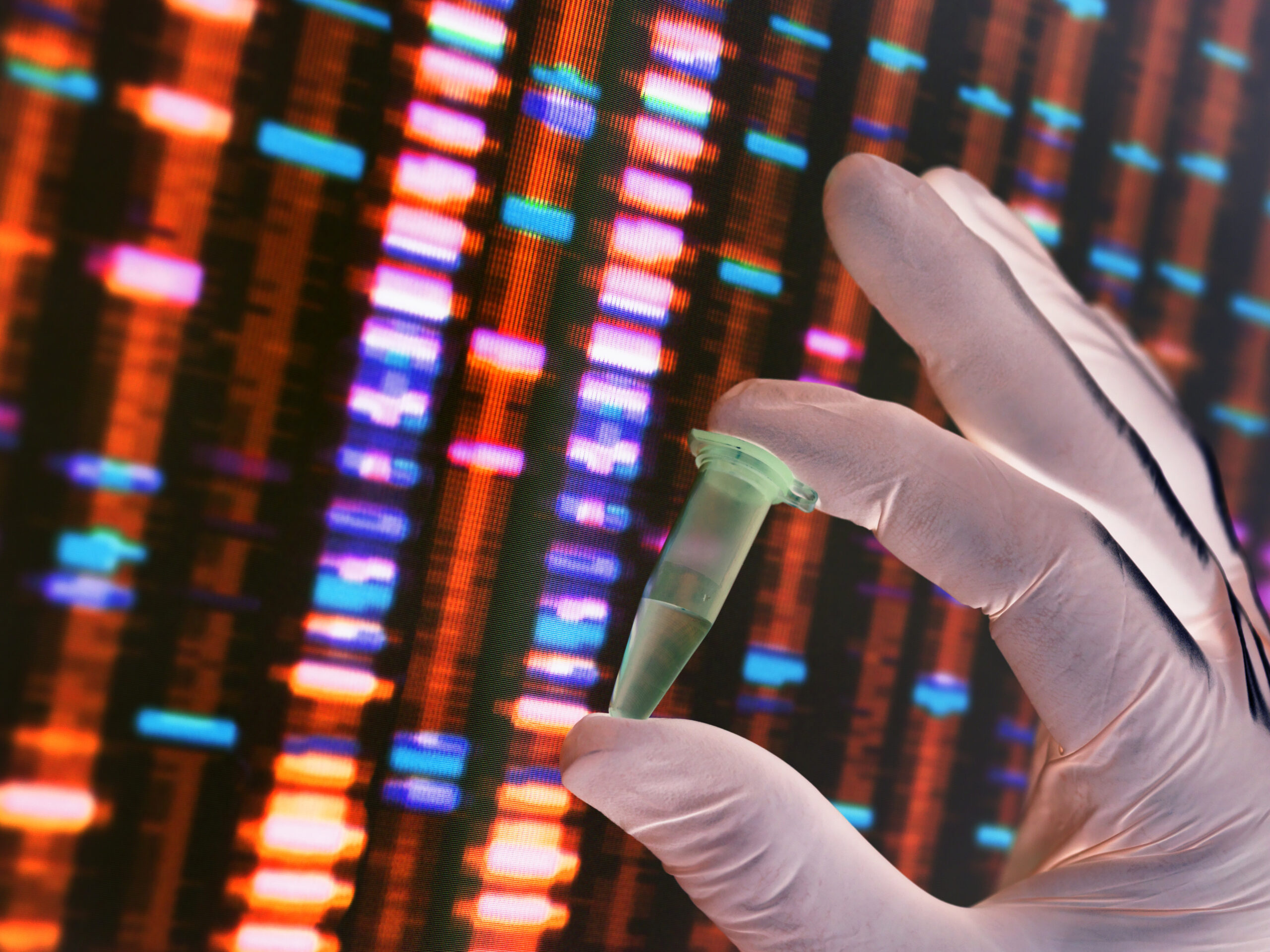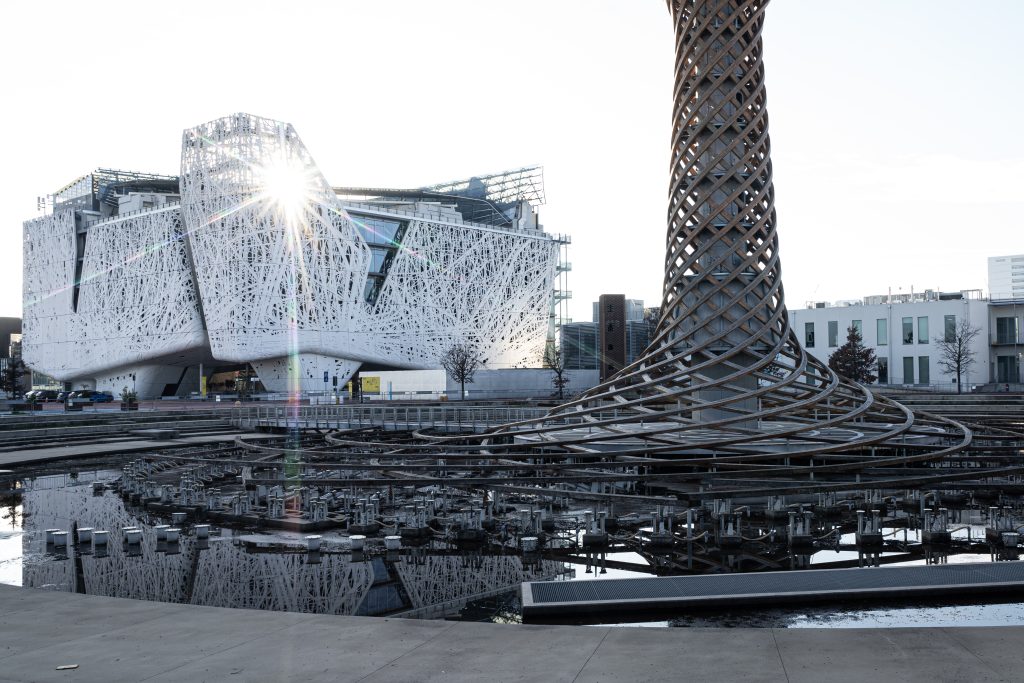SINEUP long non-coding RNAs: when structure meets function

Human Technopole and RIKEN researchers identify conserved short structural motifs within natural SINE-transcribed RNAs that enhance target mRNAs’ transcription, thus shedding new light on the SINEUPs’ function.
Long non-coding RNAs (lncRNAs) are a heterogenous class of synthetic or natural RNAs -usually longer than 200 nucleotides – that are not translated into protein. Genes for lncRNAs represent a significant fraction of the human genome. LncRNAs can interact with mRNA, DNA and proteins to regulate gene expression at multiple levels and have been involved in diverse pathophysiological processes, including neural development, immune and neurological disorders, and cancer. Therefore, targeting of lncRNAs might become paramount for treating several diseases. SINEUPs constitute a recently identified category of lncRNAs that specifically upregulate the translation of target mRNAs. SINEUPs have a modular structure: a Binding Domain (BD) at the 5′ region that binds head-to-head the 5′ of the target mRNA and an Effector Domain (ED) containing an inverted Short Interspersed Nuclear Element (SINE). SINEs, also known as retrotransposons, are DNA sequences that are able to copy and paste themselves into other genome regions through an RNA intermediate. SINEs can work as enhancer RNAs, with the BD of SINEUPs conferring specificity to the target mRNA and the ED enhancing mRNA translation.
RNA structure has been previously linked to its regulation, but little is known about how the SINEs’ structure dictates their function(s). Piero Carninci – Head of the Human Technopole Genomics Research Centre (Functional Genomics Programme) and Team Leader at RIKEN Center for Integrative Medical Sciences – and Hazuki Takahashi – research scientists at RIKEN – addressed this question by performing a functional screening of SINEB2 elements from natural murine and human SINEUPs. The results of the research are now published in Nature Communications.
Firstly, the team analysed the primary sequence and secondary structure of SINEs in their native nuclear and cytoplasmic environments. Secondly, Carninci and Takahashi investigated the impact of RNA modifications on SINE structure that, in turn, affect RNA stability, flexibility, and function. Thirdly, they examined whether and how subcellular localisation modulates the binding of a specific SINE structure to RNA Binding Proteins (RBP) to promote their function.
Using an in vivo biochemical approach, the researchers obtained two-dimensional (2D) models of SINE secondary structures in living cells. Despite differences in their primary sequence, all tested SINE RNAs contained conserved structural motifs that were essential to sustain their enhancer function and were stabilised by RNA base modifications. Intriguingly, the structure of these conserved motifs dynamically changed according to the SINEUP subcellular localisation, leading to their direct association with compartment-specific arrays of RBPs and ribosomal RNA (rRNA). The identification of direct binding to rRNA is a crucial finding as it might explain how SINEUPs enhance the translation of mRNA. Finally, the experimental 2D data were used to predict the 3D structure of SINE-transcribed RNAs. The 3D models provided information on the molecular interactions that stabilised the SINE RNA structure and the interaction with its binding partners.
In summary, the work by Carninci and Takahashi showed that conserved structural motifs in evolutionarily distant SINE RNAs are essential for their enhancer function. “Altogether, our data represent a key step forward in filling the void in the structural and functional analysis of SINE-transcribed RNA and will facilitate future studies that aim to resolve the SINEUP mechanism and biomolecular complexes involved” the authors say.
Sharma, H., Valentine, M.N.Z., Toki, N. et al. Decryption of sequence, structure, and functional features of SINE repeat elements in SINEUP non-coding RNA-mediated post-transcriptional gene regulation. Nat Commun 15, 1400 (2024). https://doi.org/10.1038/s41467-024-45517-3




